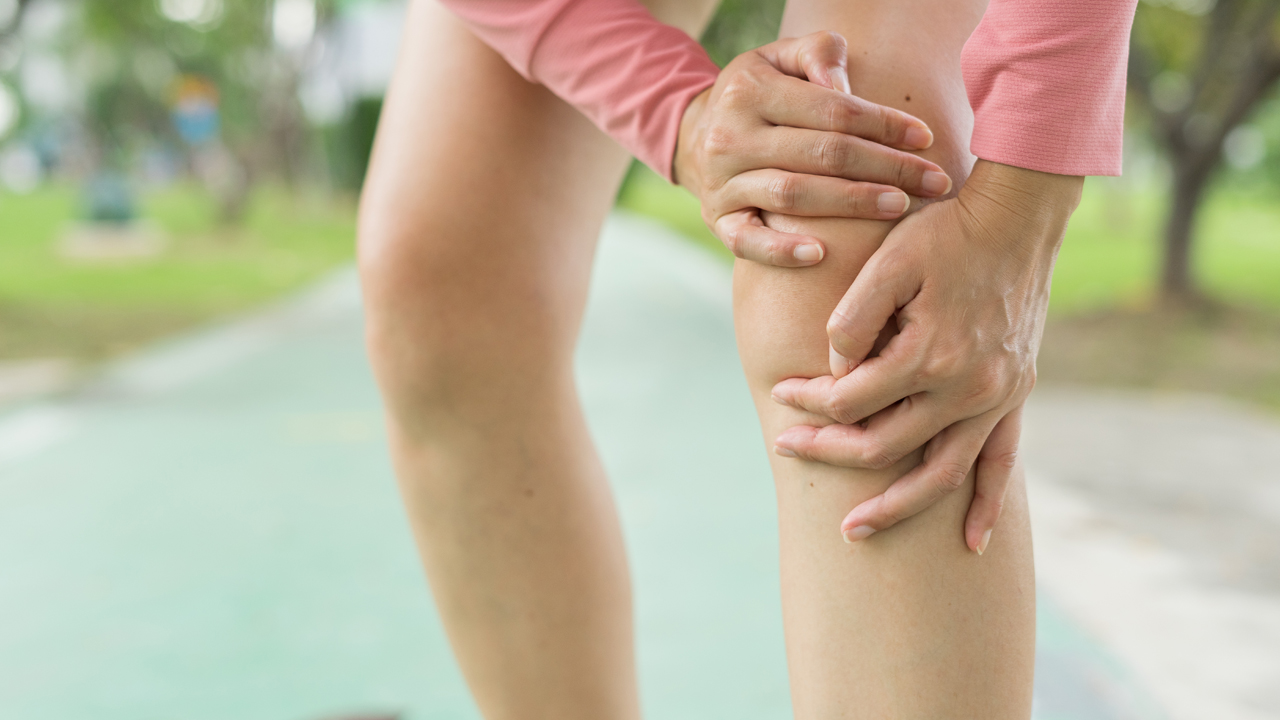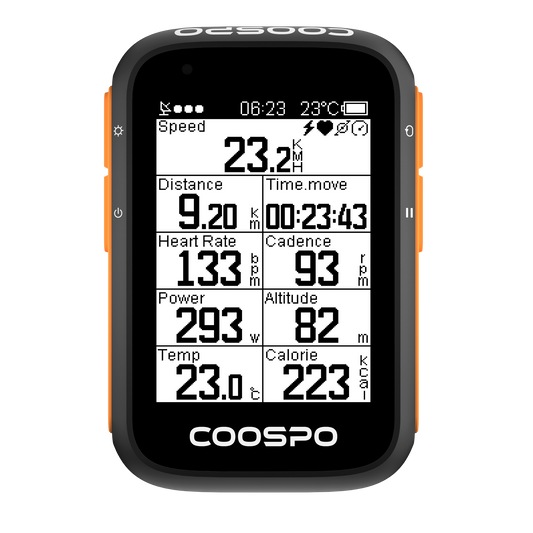Cycling vs. Running: Exploring Your Better Option
Cycling vs. Running: Exploring Your Better Option
Research has shown that regular physical activity has many benefits. However, it can be unclear which activity to choose to get active.Cycling and running are both popular exercises that offer many benefits. However, for improving fitness or losing weight, choosing between the two can be difficult. In this comparison, we will explore the different aspects of cycling and running to help you determine which might be better for your specific fitness goals.
Weight Loss
When it comes to weight loss, research shows that running and cycling can both help. Running tends to burn more calories per minute than cycling at a similar intensity.

Running tends to burn more calories overall than cycling because it requires more effort from the body. Come to think about it, when you run, your whole body is engaged—you’re lifting your feet off the ground and propelling yourself forward. When you cycle, most of the work is done by your legs.
When deciding how long and how hard to workout, it's important to consider your own endurance and stamina levels. Cycling is often a good choice because it's low-impact, allowing you to exercise for longer periods than running, especially if you're just starting out. While running may burn slightly more calories, cycling is a safer option for those prone to injuries or joint discomfort.
Cardiovascular Health
Aerobic exercises like cycling and running are great for your heart and lungs. They help by increasing your heart rate and delivering more oxygen to your muscles. This makes your heart stronger and improves your stamina. Both cycling and running are excellent ways to improve your cardiovascular health.
Although running usually involves more impact and intensity than cycling, leading to potentially faster improvements in cardiovascular endurance, cycling offers a lower-risk alternative for those who prefer a less challenging workout.
If you want to make your cardiovascular health better, you can buy a heart rate monitor. Coospo heart rate monitors equips with a 5-color LED indicator light for training. You can check your real-time heart rate zone by LED color instead of checking your smartphone.

Muscle Strength And Size
Cycling and running work out your leg muscles, but they do it in different ways.
Running can help you achieve a lean, toned appearance. By burning calories and reducing your body fat percentage, it can help you slim down and show off your muscles. It can also help build muscle in the legs, although the effects are usually quite subtle.
Cycling, on the other hand, has a more pronounced effect on muscle size and strength. Since it targets the lower body, cycling can help build strong glutes, quads, and calves. It’s also a great way to develop your core muscles since you have to balance yourself on the bike as you pedal.

Bone Health
Both cycling and running can help strengthen bones and prevent osteoporosis. Running, which is a higher-impact activity, may be more effective in promoting bone health than cycling.
The reason behind this phenomenon lies in the nature of running as a high-impact exercise, where the feet and legs bear the full force of each step. This impact, although potentially taxing on the bones, serves as a catalyst for strengthening and increasing bone density.
Running and other activities that involve jumping and impact loading can help stimulate bone formation and increase bone density, especially in the lower body and spine. Cycling, while less impactful on the bones, still provides some benefits, especially for those who may be at higher risk of injury or have joint issues that make high-impact activities difficult.
Joint Health
Having healthy joints means they can move well and stay stable. Running, especially on soft surfaces like grass or sand, can help improve joint mobility and stability. The impact of running exercises the muscles that support your joints, keeping them strong and in place.
Running can cause a lot of stress on the joints like knees, ankles, and hips because of the continuous impact on hard surfaces. This can lead to overuse injuries such as stress fractures, tendonitis, and knee pain.

Cycling is a safe exercise option for people with joint problems or injuries because it is low-impact and reduces strain on the joints. It can also improve joint mobility and flexibility without causing excessive strain. Overall, cycling is a great choice for those looking to protect their joints while staying active.
To protect your joints and keep them healthy, cycling may be the better option.
Cost
When it comes to cost, both cycling and running can fit into different budgets. Running usually requires only a good pair of shoes, while cycling may need additional gear like specialized clothing and accessories. However, both activities can incur costs such as race fees. It's important to consider these potential expenses when budgeting for either sport.
Cycling, on the other hand, may require a larger initial investment in a bike and related gear such as helmets, cycling shoes, and bike computers.
After the initial investment, cycling is a low-cost activity, especially for those who use their bike for transportation or recreation. Maintenance costs can vary depending on the type of bike and how often it's used, but overall, cycling is a great value in the long run. It's a good workout and allows you to explore new places while enjoying the scenery.
This can become expensive if you buy a pricier bike. If you're on a budget, running is a cheap way to stay fit.
Which One’s Right For You?
Sticking to your fitness routine is really important. If you prefer running for your fitness goals, great! But don't be afraid to try cycling if that's more your style. Having the right mindset for either activity can help improve your overall fitness, whether you choose to focus on biking, running, or both. Remember, quitting too soon will slow down your progress and keep you from reaching your goals.












1 comment